Fun with a tank of coffee
I first heard about developing film using coffee a few years ago and I must admit I assumed that it was an April Fools joke, but a bit of further research revealed that it is not only possible but is actually capable of some pretty good results. So earlier this week I ordered some Washing Soda, Vitamin C and cheap Coffee (the constituent ingredients), loaded up my Miranda Fv with some FP4 black & white film and went out to take some test shots so I could give it a try.
I wasn’t sure about the best speed to expose the film when it was to be developed in Caffenol (that’s the name of the developer you make with coffee). So in the end I used the rated speed of FP4 which is 125 ISO but applied a bit of variation by bracketing a few shots by a stop as well. I didn’t want to have too many variables, but I also wanted to maximise my chances of getting some images. Because the Miranda Fv doesn’t have in-built metering I took along my Gossen Digipro F light meter to make sure I got as correct an exposure as possible.
For a location I want to a local church, St Nicholas in Stevenage, where I have taken a few pictures in the past and I also took some pictures with my Nex to keep a record of the conditions and have some ‘control’ shots. I took all my shots with the film camera first and then some with the Nex and was a bit concerned that the Nex 6 seemed to meter a couple of stops faster than my Gossen which made me think I may have over exposed the film.
Developing with coffee
There are a large number of different recipes of coffee developer available, but they all basically use the ingredients listed above. The variation comes in the quantities mixed and the development times. Because this it the first time I’ve tried it I did an internet search for a good variation to use with FP4 and came up with Caffenol-C-M (here) which is made using the following quantities
- 1 Litre of water
- 54 grams of Washing Soda
- 16 grams of Vitamin C
- 40 grams of Instant Coffee granules
The actual ingredients were obtained from Amazon for the Washing Soda (Sodium Carbonate Anhydrous) and Vitamin C (Ascorbic Acid powder) and my local Tesco for the cheapest instant coffee they had which was Tesco Everyday value coffee granules. From the information I’ve read on various web sites the coffee needs to be a cheap brand – that is reputed to work best.
On the site linked above it says that the caffenol made by this mixture should be used after 30 minutes and not kept so I adjusted the basic quantities to make just enough to fill my developing tank.
The tank I used to develop my film was my Agfa Rondinax 35U daylight tank which uses 200ml of developer, so I reduced the quantities above to 1/5 to get a mixture of the same proportions but the right quantity. Therefore the quantities I actually used were
- 200ml Water
- 11g Washing Soda
- 3g Vitamin C
- 8g Instant Coffee
which for the solid components I measured on a set of electronic kitchen scales. This was where my first problem came – it is difficult to measure such small quantities on kitchen scales. I used a small plastic container and zeroed the scale with the container on, but trying to measure 3g of vitamin c powder was really beyond the resolving power of the scales. Because of that a lot of the measurement was guess work and I was concerned that I may get no results at all.
That issue aside, I prepared the caffenol by starting with 200ml of water at a slightly higher temperature than the final 20C I was going to develop the film in. To this I added the Washing Soda and stirred the liquid until it was all dissolved and the water had gone a milky colour. Then I added the vitamin C power and again stirred it until dissolved. In the instructions I read on the web the vitamin C should produce some bubbles in the mixture, but I didn’t observe any.
Finally I added the coffee granules and again stirred the now dark brown mixture until it was completely gone. By this time the water was a sort of thin soup with quite a strong coffee smell. I had read on various sites that the smell was awful but I found it fine.
Once the developer was prepared, I loaded the tank and filled it with water to get the film thoroughly wet and left it to soak for about 10 minutes standing in a sink of water at the correct 20C. Then I poured the water out, and the developer in and started the continuous agitation that the Agfa tank needs. It was at this point that I discovered that the tank must have a slight leak because the water I was standing the tank in to maintain temperature started to turn a light brown colour!
Fortunately, the leak was only slight because the water didn’t get any browner and I was able to continue the development. I timed this stage at 12 minutes, and then tipped the developer away down the sink (it’s a one use only mixture). I then gave the tank two full washes in clean water to get rid of all the caffenol.
I followed this up with a standard Illford rapid fixer at 1 to 5 for about 10 minutes until the fixing was complete. A useful tip here is to place a piece of the film leader into a small quantity of the fixer at the same time as you pour it into the tank – once the leader is clear you know the film in the tank will be, although I always give it about twice that time for safety – you can’t over fix.
With the fixing stage over I poured the fixer into an air tight container for use another time and placed the tank under a running tap for a few minutes to wash the fixer off. Then I could open the tank to look at the results.
Results
So how did this all work out – did I get any useful negatives from developing film in coffee? Well yes and no.
Once I opened the tank I discovered that the film had not properly gathered onto the spiral reel and was all bunched up in the centre. This can be a problem with the Agfa daylight tank – it works by pulling the film onto the spiral with the lid closed, which means you can load it in daylight but if the film isn’t completely central it doesn’t pull into the spiral.
Because of this there were portions of the film which never got touched by the developer or fixer and were basically un-developed film. However, there were a few frames on the outside which did get developed, so I at least had a chance to see how the process had worked.
The results I could get are shown below. I’m reasonably impressed that they came out quite well. If it hadn’t been for the screw up in loading the tank I would probably have had a whole reel of quite well developed negatives. The grain is quite noticeable, but that does add to the ‘look and feel’ a bit.
Note that these were all duplicated with a slide duplicator using my Nex 6 and a Helios 44 58mm f/2.0 lens and have had a certain amount of processing in Lightroom to convert them from negatives to positives, but not had much else done to them. I think it’s encouraging enough that I might try some more developing with coffee – although next time I’ll use my Paterson tank.
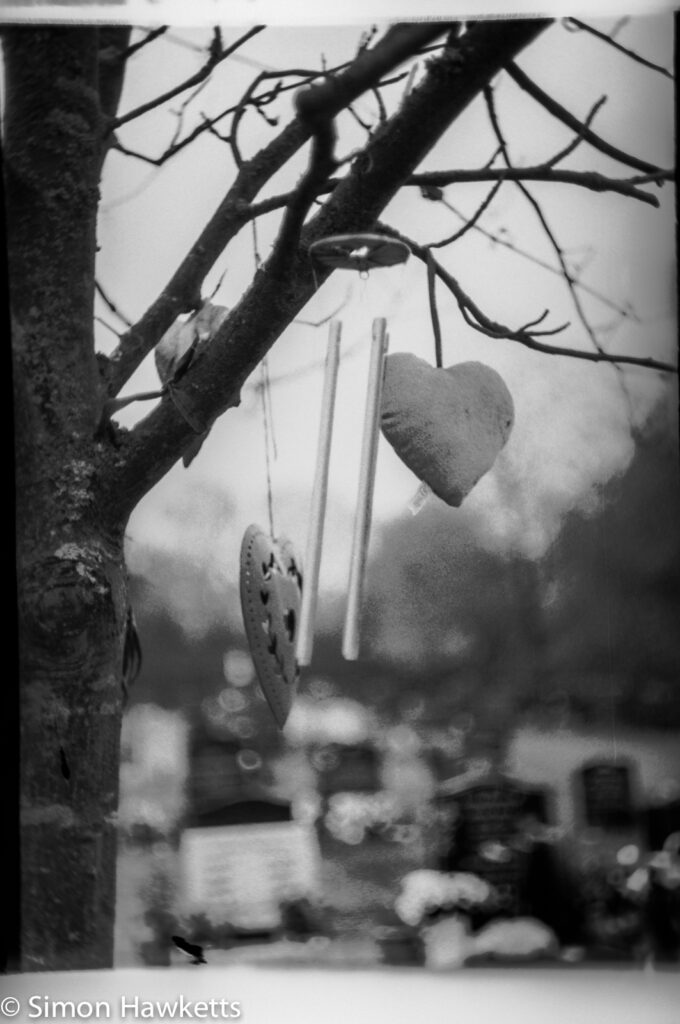
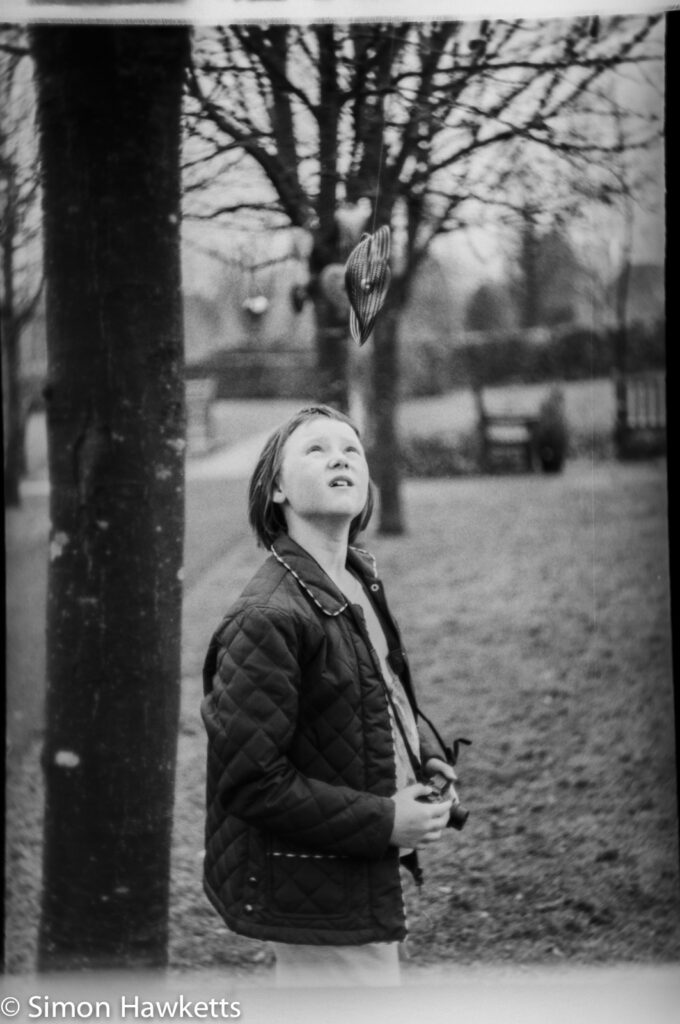
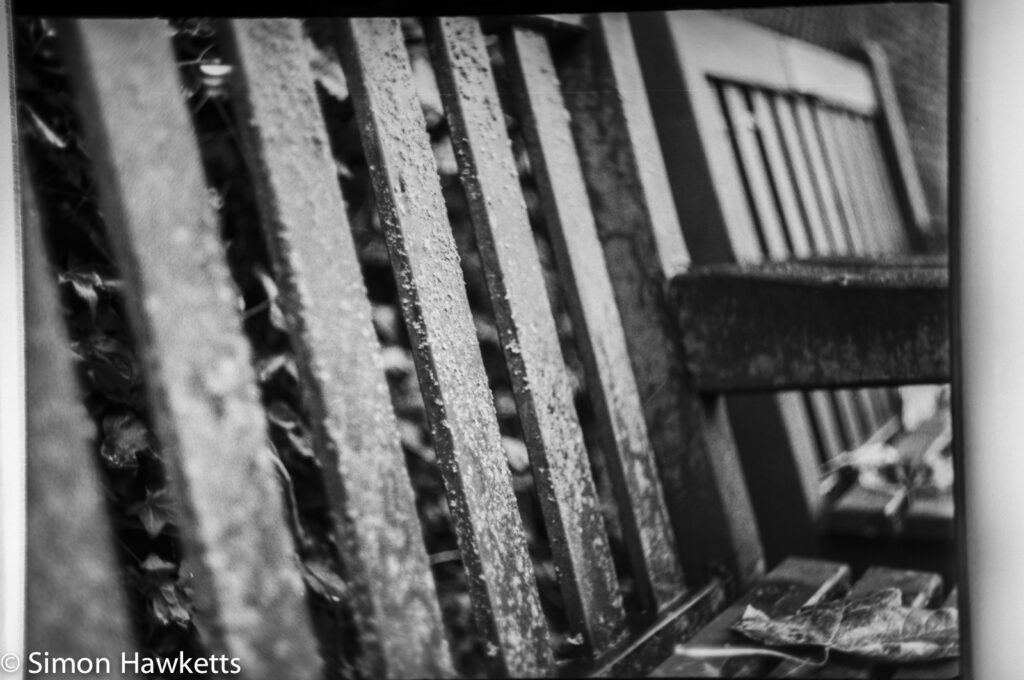
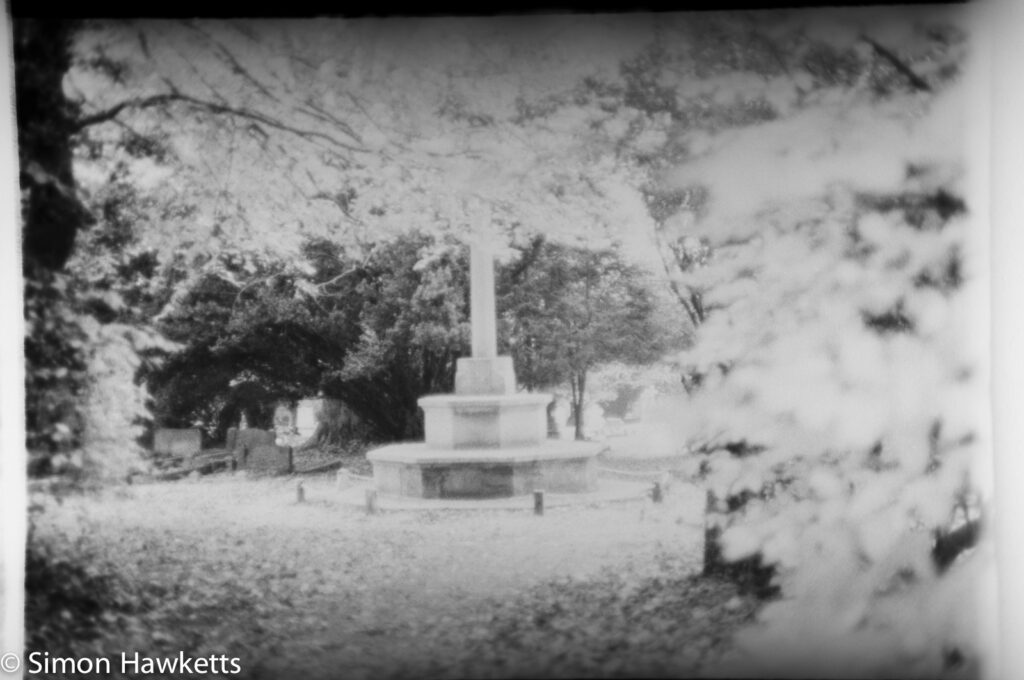
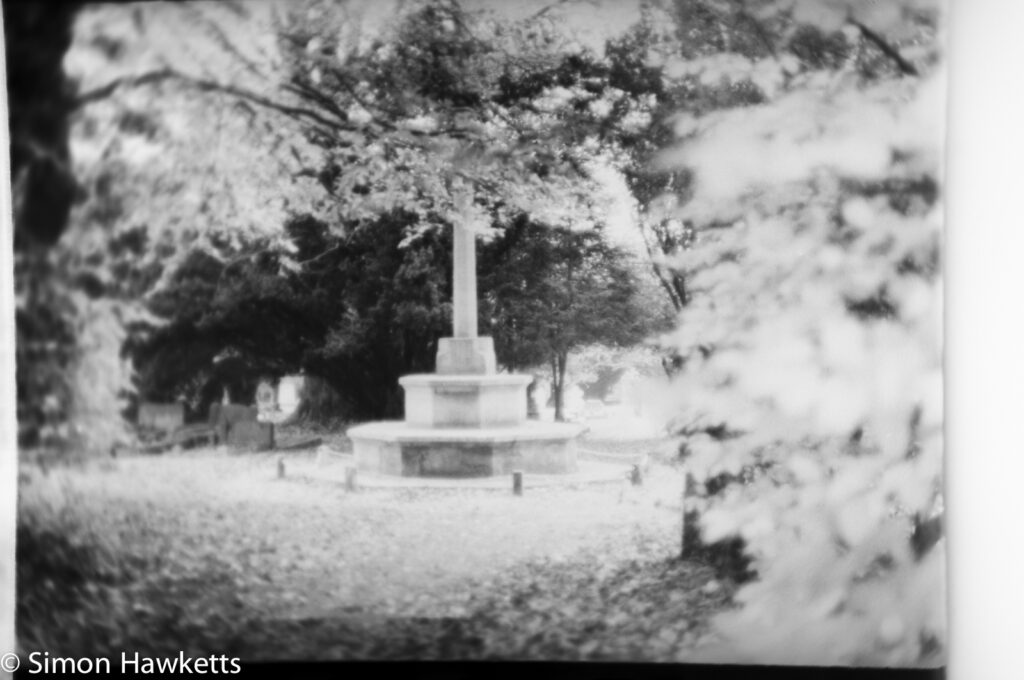


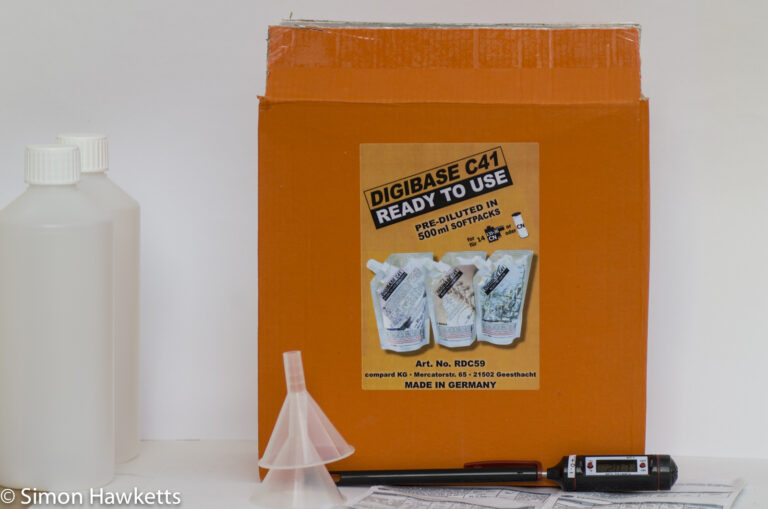

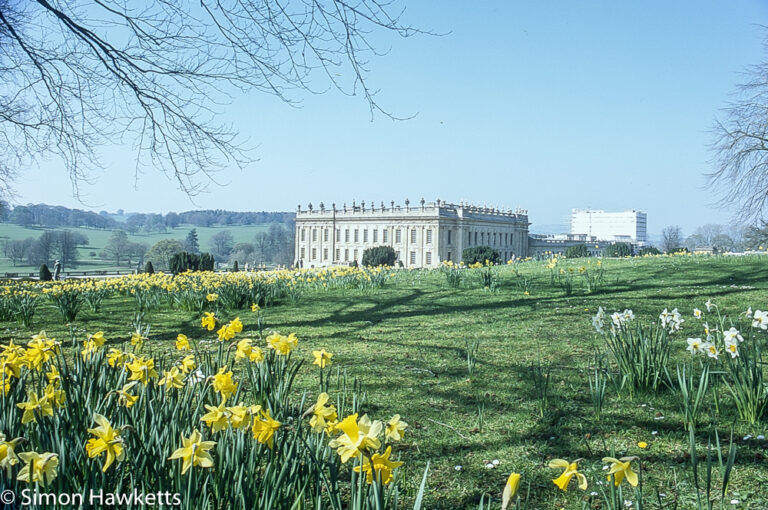
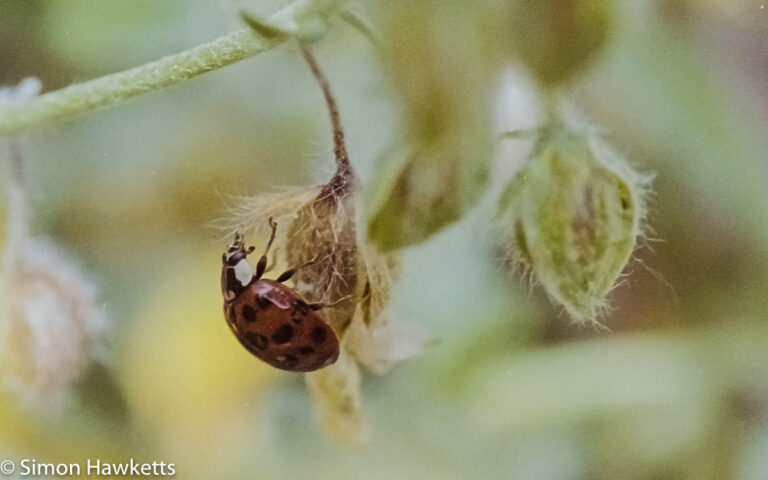
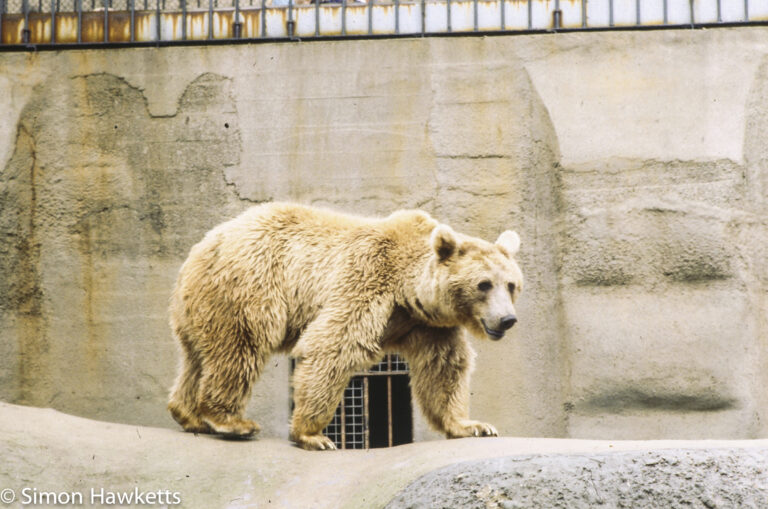
[…] Update – I have recently put a film through this camera as part of an experiment with developing film in coffee. Although this wasn’t entirely successful, there are a few sample picture in this post. […]
I’m curious enough to want to give it a try. When I do, I’ll post the results and reference back to your post.
Thanks – it’s certainly something I’m going to have another try at
I develop all my black and white films like this. It takes a bit of tweaking at first, but gives great results.
I’m certainly intending to try it again and see if I can get better results
[…] was fascinated last week to try my hand at developing film in caffenol. So fascinated that I decided I really needed to have another go to see if I could get better […]
[…] first tried caffenol a couple of months ago and had limited success, mostly because the agfa daylight tank I was using didn’t load […]
[…] will enable me to have one loaded with black and white film which I will probably develop myself in Caffenol and the other loaded with colour film. In the picture above I have some Vista 400 ISO colour film, […]
[…] Update – I have recently put a film through this camera as part of an experiment with developing film in coffee. Although this wasn’t entirely successful, there are a few sample picture in this post. […]
[…] was fascinated last week to try my hand at developing film in caffenol. So fascinated that I decided I really needed to have another go to see if I could get better […]